 A miracle in motion, speech production is a highly coordinated movement that most of us take for granted. Every sound, every syllable, every word, and every sentence requires an extremely unique precise placement and movement that are transitioned in a brief amount of time.
A miracle in motion, speech production is a highly coordinated movement that most of us take for granted. Every sound, every syllable, every word, and every sentence requires an extremely unique precise placement and movement that are transitioned in a brief amount of time.
For children to be able to pick up on speech, these movements at their various levels, require strength, mobility, coordination, timing and sequence. However, some of the children find this to be difficult.
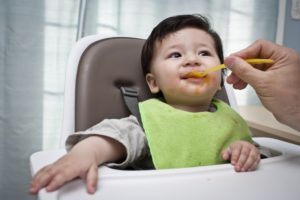 Oral exercises may be defined broadly as any nonspeech activity that is used to train orofacial structures to improve sensory integration, motor coordination, and muscular strength. Many of the movements required for speech are ones that we subconsciously use while doing other activities of feeding, eating, and other vegetative functions, and we find that our children have difficulties in. These movements can be achieved by using tools and exercising correct patterns that will strengthen them.
Oral exercises may be defined broadly as any nonspeech activity that is used to train orofacial structures to improve sensory integration, motor coordination, and muscular strength. Many of the movements required for speech are ones that we subconsciously use while doing other activities of feeding, eating, and other vegetative functions, and we find that our children have difficulties in. These movements can be achieved by using tools and exercising correct patterns that will strengthen them.
In this blog, we want to highlight on some of the “home” tools that can be used as a starting point, the importance of understanding the rationale of using these tools, and the right manner to connect these exercises to speech.
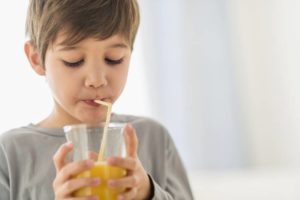
All of us will have most of the following items in our homes which can be used as a ‘starter kit’ to create the strength and movements to help in speech. These tools include: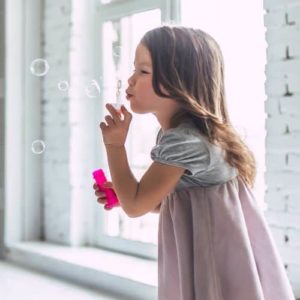
-
- Bubbles
- Straws
- Whistles
- Ice cream sticks
- Candles
- Balloons
- Spoons
- Finger foods(carrots/cucumbers/apple slices, etc)
To begin with, improving oral motor strength; we first need to understand the various articulators and their roles in feeding and speech. Appropriate stability and movements of the jaw, cheek, tongue, and lips are all extremely important for speech. Activities can be created to be fun and interesting for your child to enjoy. These activities can be done to create and strengthen the motoric patterns which then can be connected to speech.
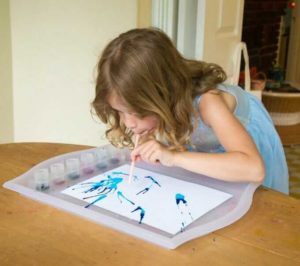
Let’s look at each of these tools, the kind of movements they create, and the speech sounds we can pair up with these tools.
| Tools | Articulatory movement | Associated Speech sounds |
|---|---|---|
| Ice cream sticks (of different heights) | Jaw stability and jaw gradations | Helps in jaw movements for different vowels. |
| Lip closure | /p/, /b/,/m/ | |
| Finger Foods; carrot sticks, cucumber sticks, apple slices | Jaw stability, jaw grading and developing a chew | Helps in jaw movements for different vowels. |
| Bubbles | Jaw stability, jaw grading, lip rounding; breath support, tongue retraction | /oo/,/oh/, /ee/, /A/, /w/, /p/, /b/, /m/, /h/, /s/, /sh/ |
| Candle | ||
| Whistle | ||
| Straw | Jaw stability, jaw grading, lip rounding, tongue retraction | |
| Spoon feeding (side placement) | Jaw stability, jaw grading , lip closure, tongue retraction | /p/, /b/,/m/ |
| Spoon feeding (front placement) | Jaw stability, jaw grading , lip protrusion, tongue retraction | /oo/,/oh/, /w/ |
A very important point to be noted here is that speech will not automatically come just by routine or practice of the oral movements. Once we see that our child can make the movements, it is important to link these movements to the associated speech sounds. The most important link that most of us miss out on is understanding how to use the movements that these tools create and transitioning them to movements that we use for speech inorder to produce the speech sounds.
These tools that we have mentioned here are just the START, to create purposeful movements that are required for speech production. From here, it is very important to move onto a structured program in therapy which moves in hierarchial manner. And that is what we do at PlayStreet! We use research-backed structured programs like Oral Placement Therapy and the PROMPT (Prompts for Restructuring Oral Muscular Phonetic Targets) method to develop appropriate feeding and speech production/speech clarity. These methods are highly structured and give auditory, visual and tactile cues to improve strength. The tools used as part of Oral Placement Therapy are recommended as they develop the required strength, stability, and control to increase complexity levels which again are linked with speech.
We also have linked with this blog a whole program of 21 days of doing OPT and how it benefits an individual on Facebook (https://www.facebook.com/groups/1875326159413537/learning_content/?filter=896608747509592)
Here are other blogs that might be of interest:
- What is Oral Placement Therapy?: https://www.playstreet.in/2017/08/15/oral-placement-therapy/
- The Best Way To Use Oral Placement Therapy (OPT) For Your Child: https://www.playstreet.in/2017/09/10/best-way-use-oral-placement-therapy/
- The acquisition and maturation of oral-motor movements for sound production and feeding skills: https://www.playstreet.in/2020/09/17/the-acquisition-and-maturation-of-oral-motor-movements/
- Oral Muscle Tone In Speech and Feeding: https://www.playstreet.in/2021/01/18/oral-muscle-tone-in-speech-and-feeding/
- Oral sensory and motor issues seen in feeding: https://www.playstreet.in/2021/10/27/oral-sensory-and-motor-issues-seen-in-feeding/
References:
- https://talktools.com/pages/what-is-opt
- Forrest K. Are oral-motor exercises useful in the treatment of phonological/articulatory disorders? Semin Speech Lang. 2002;23(1):15–26.
- Lof G.L. Controversies surrounding nonspeech oral motor exercises for childhood speech disorders. Semin Speech Lang. 2008;29(4):253–255
- Int J Pediatr Adolesc Med. 2021 Mar; 8(1): 1–4. Published online 2019 Jul 17. doi: 10.1016/j.ijpam.2019.07.008
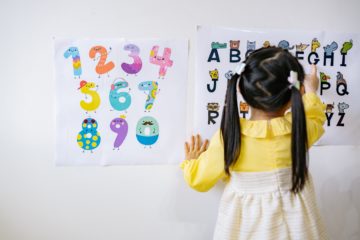
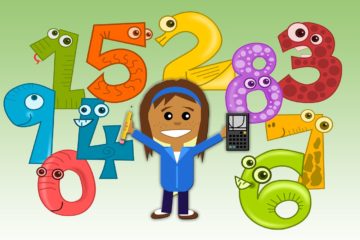
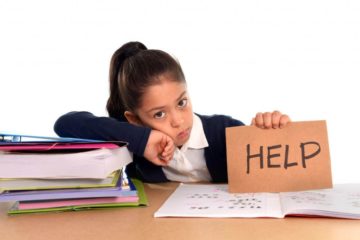
0 Comments